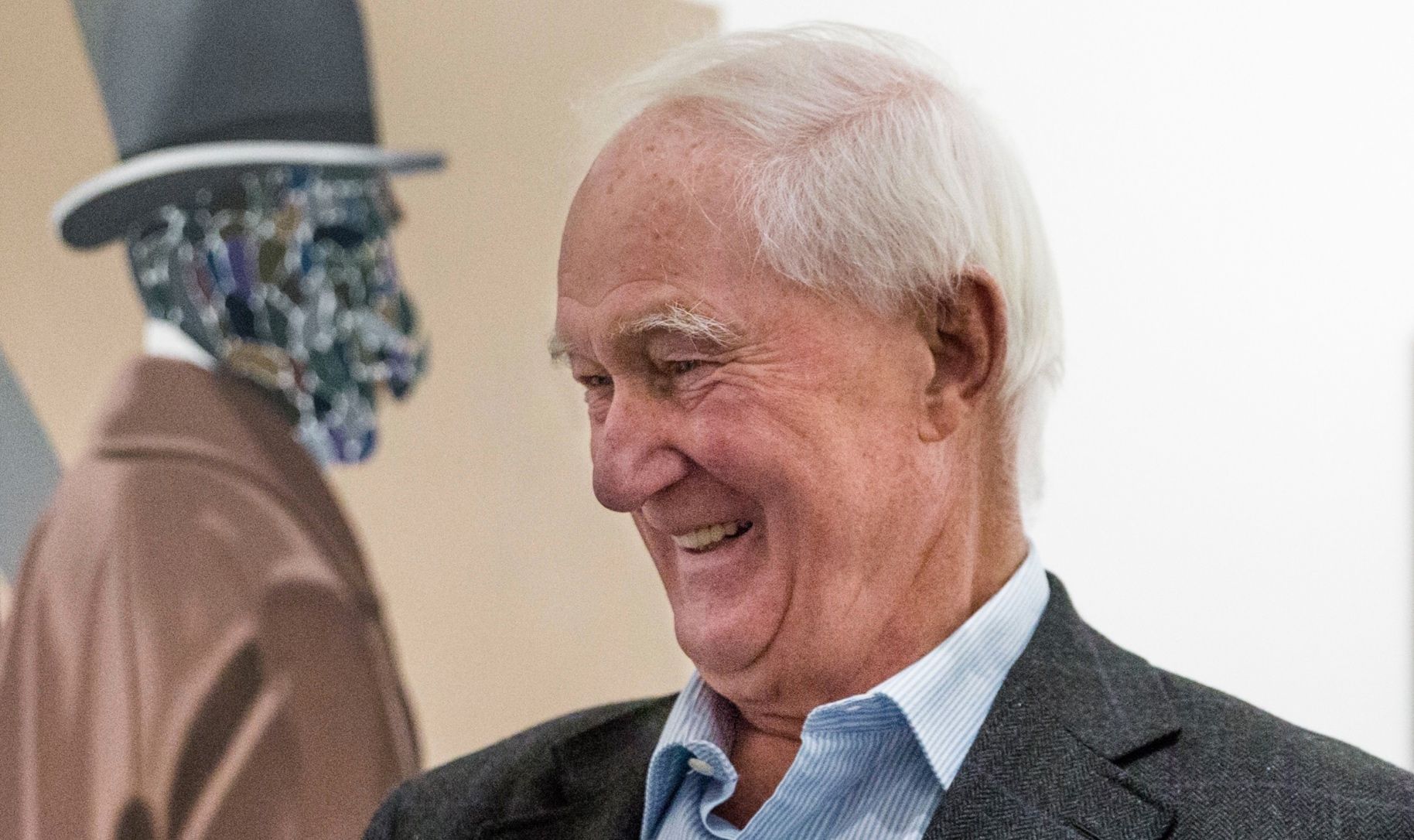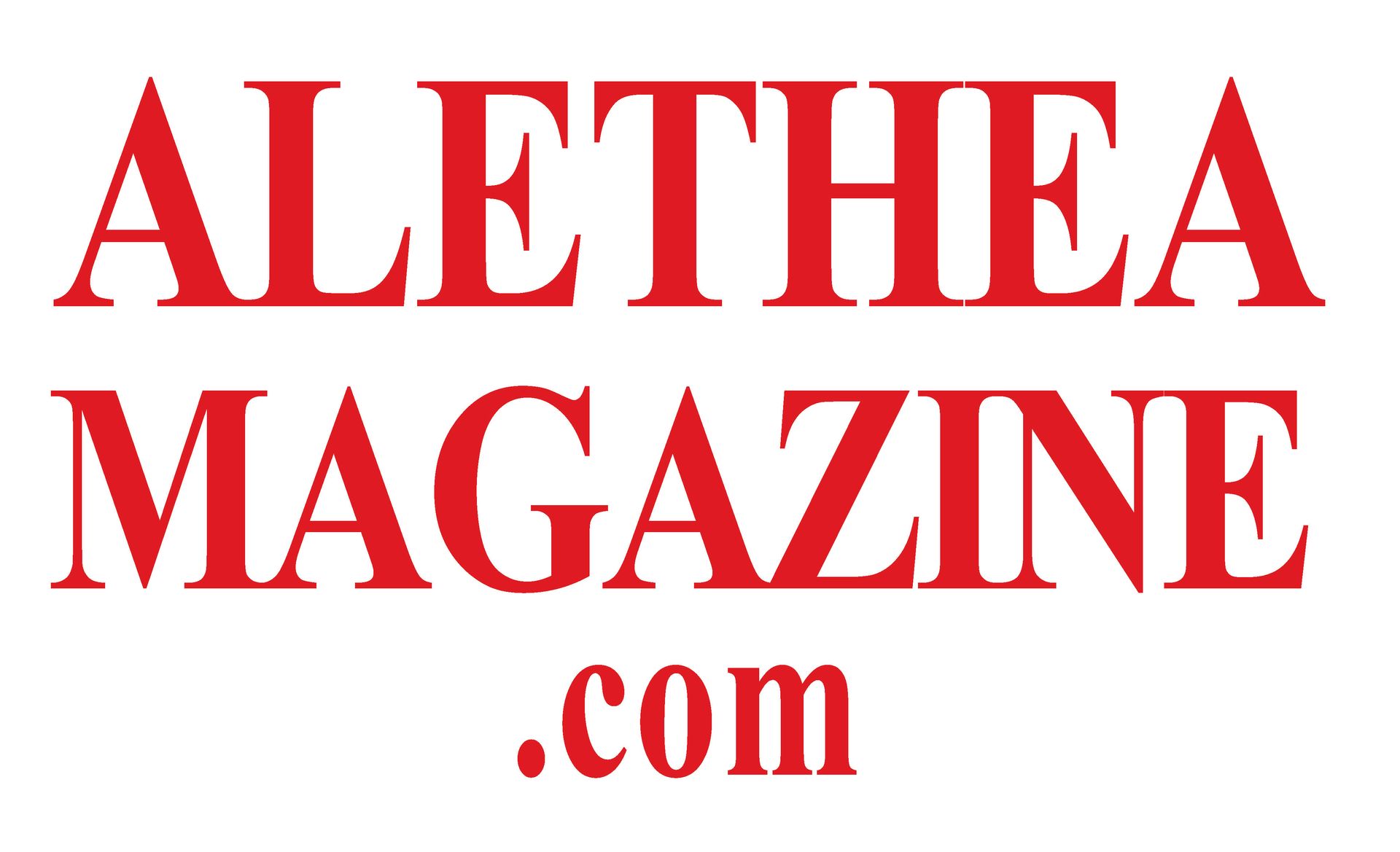
Astrup Fearnley Museet ©Einar Aslaksen
Solveig Øvstebø: For any museum to be relevant, it needs to be responsive to the evolving concerns of the visual arts, and how larger social and political changes are impacting these concerns.
The Astrup Fearnley Museet celebrates its thirtieth anniversary in 2023. To mark this anniversary, the museum has organised an exhibition entitled Before Tomorrow, featuring works from the Astrup Fearnley Collection. This collection comprises 1500 works of international contemporary art and, according to the museum, is intended to make an important contribution to the Norwegian art scene while setting an example for its future. The Norwegian art collector, museum benefactor and shipbroker Hans Rasmus Astrup began collecting art in the 1960s and bought, among others, Anselm Kiefer's "The High Priestess/Time Stream Land" and Damien Hirst's "Mother and Child (Divided)". After Astrup's death in 2021, the Astrup Fearnley Collection was transferred to a charitable foundation. The celebration of the museum's anniversary is thus also intended as a tribute to the museum's founder.
The Astrup Fearnley Museet is not only known for its art collection, but also for its architect Renzo Piano. The museum consists of three wood-clad structures in the shape of a sail that swing upwards. For museum director Solveig Øvstebø, the architecture has led to unorthodox galleries that force the team to come up with innovative solutions every day - solutions that would not be created anywhere else in the world.
1 October 2023
ART
Name: Solveig Øvstebø
Ocupation: Director Astrup Fearnley Museet, board member of Arts Council Norway
Education: History of Art at the University of Bergen
"I’m fortunate in that our late founder, Hans Rasmus Astrup, pushed boundaries and dared to ask questions with the type of work that he acquired for the Astrup Fearnley Collection."
You have been the director of the Astrup Fearnley Museet since 2020. What are the challenges for a museum director to lead such an important museum?
For any museum to be relevant, especially a museum of contemporary art, it needs to be responsive to the evolving concerns of the visual arts, and how larger social and political changes are impacting these concerns.
I’m fortunate in that our late founder, Hans Rasmus Astrup, pushed boundaries and dared to ask questions with the type of work that he acquired for the Astrup Fearnley Collection. He was also supportive of the museum challenging the public’s expectations of what constitutes contemporary art and the ideas it engages with. Given that the museum is celebrating its thirtieth anniversary, over the past three decades we’ve managed to attract audiences that are open to being challenged. Perhaps that comes from the knowledge that these experiences can often enrich our understanding of contemporary culture. The exhibition Before Tomorrow, which we’ve recently opened, celebrates this contribution to the field, while also pointing to the institution’s future.
What is the role of your museum in the global museum landscape?
We are rooted in Norway while being engaged with the artists and ideas that are shaping the visual arts outside of this context. This tension is important for Astrup Fearnely Museet. Since its founding, the museum and collection has had a bifurcated gaze, looking to the local and regional—artists such as Synnøve Anker Aurdal, Leonard Rickard, and Frida Orupabo—while also engaging with artists that are working elsewhere—such as Allora & Calzadilla, Shilpa Gupta, and Georgia Gardner Gray. We are passionate about sharing the work of Norway’s dynamic creative community with international audiences, as well as presenting ideas and practices that are shaping contemporary art in other contexts with our local audiences.
I remember travelling to Oslo (from Bergen) while I was still studying to see several exhibitions at Astrup Fearnley Museet—exhibitions that I couldn’t see anywhere else in the country—and these experiences were significant for me. They were coordinates that I used to chart my understanding of the visual arts as a young professional. In many ways this experience still informs how I imagine museums, as places where we have meaningful and often lasting encounters. It doesn’t always mean that these encounters are easy—sometimes artists challenge us, defy our expectations—but we’re often left with a more nuanced understanding of the world because of this.

Hans Rasmus Astrup, Founder of the Astrup Fearnley Museum of Modern Art in Oslo
Courtesy of Astrup Fearnley Museet

Before Tomorrow in the Astrup Fearnley Museet ©Christian
Can you tell us something about your current exhibition?
Before Tomorrow, which opened on the 22nd of June, marks the thirtieth anniversary of the museum and is an extensive exhibition that includes more than 100 works from the Astrup Fearnley Collection. It’s the first time, since the museum opened in its current location in in 2012, that an exhibition has been displayed in the museum’s two buildings. Beginning in the 1960s Hans Rasmus Astrup assembled a collection that emphasized artists and their bodies of work rather than historical periods or stylistic trends. Upon his passing in 2021, the Astrup Fearnley Collection contained more than 1 500 works, and it continues to be expanded with new acquisitions on a regular basis. Before Tomorrow offers insights into this collection of international contemporary art, one of the most wide-ranging in the Nordic countries, and demonstrates the museum and the collection’s unique contribution to the Norwegian art community, while also signaling its future.
What else can we look forward to in the anniversary year?
We have several projects that I’m excited about. We’ve recently restaged Børre Sæthre’s installation My Private Sky, which was first shown at the museum in 2001 and acquired for the collection last year. Sæthre is known for his spectacular and seductive installations, transforming the exhibition space into an environment, which one quite literally steps into. Once inside, your surroundings appear as a hyperreal parallel dimension, or a dream scene from a 1960s science-fiction film.
Unfortunately, My Private Sky, an iconic work from the turn of the millennium, has not been publicly accessible in many years. With this in mind, and aware that many of our younger audiences have never experienced it, we decided to present it again at its full scale and as it was originally intended. In fact, this is one of the works that I travelled to Oslo to see at Astrup Fearnley Museet when it was first shown in 2001, now more than twenty years ago.
We are also presenting Allora & Calzadilla’s installation Clamor, which has not been on view in more than a decade (it was last shown in 2009). Exploring the relationship between sound, music, and war, the sculptural form that visitors encounter upon entering the gallery is reminiscent of a World War II era artillery battery. Yet not all is what it seems, as six musicians are performing live inside the work—at various intervals brass and wind instruments, such as a trombone and flute emerge from its multiple apertures. The artists assembled an extensive archive of war songs from various parts of the world and various eras. Drawing upon this archive, the musicians duel with one another, creating a cacophonous sound montage that gestures towards the absurdity of violently resolving disputes. This work felt particularly relevant given the current conflict in Europe.
"In recent years, we’ve also seen more and more artists and art professionals attracted to Oslo from around the world."
What is the art and cultural landscape like in Oslo?
Oslo is in a dynamic phase of growth, both in terms of the practicing artists, as well as a flourishing scene of galleries and artist run spaces as well as new institutions and museums. Recently, the National Museum and MUNCH opened new buildings on Oslo’s waterfront, complementing the Astrup Fearnley Museet’s contemporary focus. The city continues to have many innovative smaller institutions that are doing important work and making a significant contribution. In recent years, we’ve also seen more and more artists and art professionals attracted to Oslo from around the world.
"This architectural response has resulted in unorthodox galleries that push the team to come up with innovative solutions—solutions that I don’t believe would emerge anywhere else in the world."
What is it like to work in a museum that Renzo Piano built? What is special about spending the day in this museum?
When walking to the museum in the morning, I’m often struck by Astrup Fearnley Museet’s unique relationship with its surrounding environment. Renzo Piano has designed several cultural institutions that are integrated into the surrounding landscape, such as the Beyeler Foundation in Switzerland and Jean-Marie Tjibaou Cultural Centre in New Caledonia, yet Astrup Fearnley Museet is unique in how it negotiates its site. Situated at the end of Oslo’s Tjuvholmen neighbourhood, which juts out into the Oslofjord on an island and rehabilitated docks, the sloping roof of the museum forms an arc between the sky and the water, giving the impression of a sail of a ship. The two buildings are bisected by a canal and visitors catch glimpses of the fjord from windows and elevated walkways that punctuate the gallery spaces, heightening the dialogue between the museum and its physical context. This architectural response has resulted in unorthodox galleries that push the team to come up with innovative solutions—solutions that I don’t believe would emerge anywhere else in the world.
Do you know how the cooperation with Renzo Piano came about?
Astrup Fearnley Museet was founded in 1993 and up until the museum’s new building opened in 2012, we were located in central Oslo. As the collection grew in the 1990s and 2000s, there was a desire to create a larger institution so that the activities of the museum could similarly increase. This led to an introduction between Hans Rasmus Astrup and the Renzo Piano Workshop by the developer of the then nascent neighborhood of Tjuvholmen. The architectural practice had already been approached to design a cultural institution, fulfilling a requirement of the city of Oslo that the public benefited from the development, but the project was extensively refined in close collaboration with Astrup. Given Renzo Piano Workshop’s long track record of designing successful museums, its perhaps unsurprising that they were invited.
What is your favourite task on a daily basis in the museum?
At the core of our museum is a dedication to artists and their practices. One of the highlights of working in a museum of contemporary art, including at Astrup Fearnley Museet, is the opportunity to engage with living artists. Reflecting on my career, I’ve so enjoyed learning from artists while working with them in the creation of exhibitions and the commissioning of new work.

Director Solveig Øvstebø
Lizence Bruk MediaCourtesy of Astrup Fearnley Museet
TOP STORIES
LEGEND
25 July 2023
_____________________
DÜSSELDORF
"Being a rebel".Turkish Consul General Ayşegül Gökçe Karaarslan visits the studio of Meral Alma.
25 July 2023
_____________________
LONDON
Phosphene by José Parlá at Ben Brown Fine Arts, London.
14 July 2023
_____________________
ART WARS
12. Juli 2023
_____________________
CENTURY PROJECT
Decision in livestream: The future of the Düsseldorf opera house lies in Heinrich-Heine-Allee.
15 June 2023
_____________________
NEW MUSEUMS
29 May 2023
_____________________
FRANCE
_____________________
UNFORGETTABLE
_____________________
NEW MUSEUMS
The Deutsches Fotoinstitut
is coming in big steps.The Bernd and Hilla Becher Prize will be awarded for the first time.
19 May, 2023
_____________________
VISIONS, ARCHITECTURE
MARCH 10, 2023
_____________________
CHECK THE THINGS YOU WANT TO THROW AWAY
HA Schult's Trash People at the Circular Valley Forum in Wuppertal on 18 November 2022.
NOVEMBER 19, 2022
_____________________
THE OPERA OF THE FUTURE
Düsseldorf, capital of North Rhine-Westphalia will receive the opera house of the future.
FEBRUARY 15, 2023
_____________________
FLORENCE
The extraordinary museums of Florence in 2023.
JANUARY 1, 2023
____________________
DÜSSELDORF
DECEMBER 11, 2022
DISTANT WORLDS
Dieter Nuhr's paintings now in Senegal - "A Nomad in Eternal Transit"
RELATED TALKS






